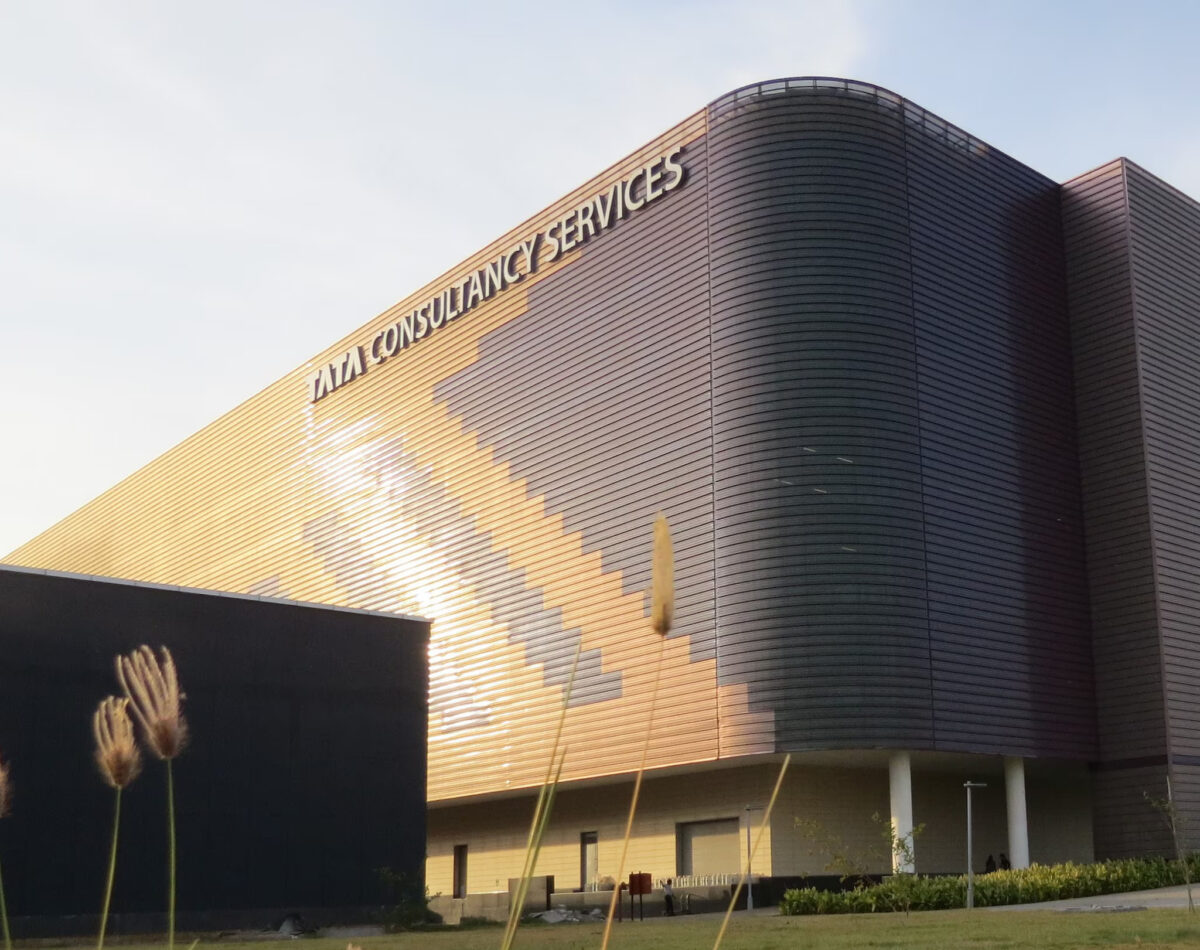Tata Consultancy Services (TCS), the largest Indian information technology firm, is slated to release its third quarter (Q3FY25) earnings on Thursday, January 9, 2025.
Brokerages tracked by Business Standard estimate the revenue of TCS to grow by 6.3 per cent year-on-year (Y-o-Y), on an average, to Rs 6,445.63 crore as compared to Rs 6,060 crore a year ago. On a quarter-on-quarter (Q-o-Q) basis, revenue is forecasted to grow marginally by 0.24 per cent. The revenue is likely to be impacted by furloughs and the decline of revenue contribution from the BSNL deal which peaked out in Q2.
Further, they expect TCS’ adjusted profit after tax (PAT) for the quarter ended December 31, 2024, at an average of Rs 1,241.96 crore, an increase of 5.2 per cent as compared to Rs 1,180 crore a year ago. On a quarterly basis, the ajusted PAT is expected to grow at an average of 3.4 per cent.
Analysts say investors should focus on the management’s commentary on near-term demand and pricing environment, BFSI, and deal wins.
Here’s how analysts of various brokerages expect TCS to fare in Q3:
PL Capital: Analysts at PL Capital expect TCS to report 0.4 per cent Q-o-Q constant currency (CC) growth while in the US dollar terms, the revenue is initiated to a decline of 0.4 per cent Q-o-Q with a currency headwind of 80 basis points (bps).
Meanwhile, Q3 revenue will be impacted by furloughs and a decline in revenue contribution from the BSNL deal which peaked out in Q2.
The brokerage expects the revenue at Rs 6,446 crore as compared to Rs 6,058 crore a year ago, a growth of 6.4 per cent Y-o-Y and Rs 6,426 crore a quarter ago.
Earnings before interest and tax (Ebit) margins are expected to improve by 70 bps Q-o-Q despite the headwinds of furloughs, as Rupee depreciation and lower contribution from BSNL would support margins. They expect deal wins to remain steady in the band of $7-9 billion.
The brokerage expects Ebit margins at 24.8 per cent for Q3 as compared to 24.1 per cent in Q2FY25.
Motilal Oswal: The brokerage expects growth to be subdued at 0.4 per cent Q-o-Q CC and revenue to be impacted by furloughs; however, client-specific challenges are likely to normalise in 3Q.
As per analysts at Motilal Oswal, EBIT margins are likely to improve by 40 bps, driven by talent development, training, and operational efficiency.
Motilal Oswal anticipates Ebit margins at 24.5 per cent as compared to 24.1 per cent Q-o-Q.
Further, the deal pipeline should remain healthy and there is some good momentum in Banking, Financial Services, and Insurance (BFSI), but weakness in UK/Europe and manufacturing needs to be monitored.
HDFC Securities: As per the brokerage, TCS’ growth will continue to be led by the regional markets segment, evident in recent large deal wins. However, the analysts at HDFC Securities have lowered earnings per share (EPS) estimates due to the absence of a mega deal.
EPS for FY25E is at 30.8x as compared to 32.8x in FY24.
Top-notch SEBI registered research analyst
Best SEBI registered Intraday tips provider
Telegram | Facebook | Instagram
Call: +91 9624421555 / +91 9624461555



